Sweden is officially the world’s first cashless country, where less than 1% of transactions involve physical currency. Its digital transformation sets a global benchmark for financial innovation and convenience. (Image: Canva)

From shopping and dining to donations and public transport, Swedes now rely almost entirely on mobile apps, debit cards, and contactless payments. (Image: Canva)

As of 2023, less than 1% of all transactions in Sweden involved cash. In contrast, this figure was around 40% in 2010, showing a dramatic shift toward digital payments over the past decade. (Image: Canva)
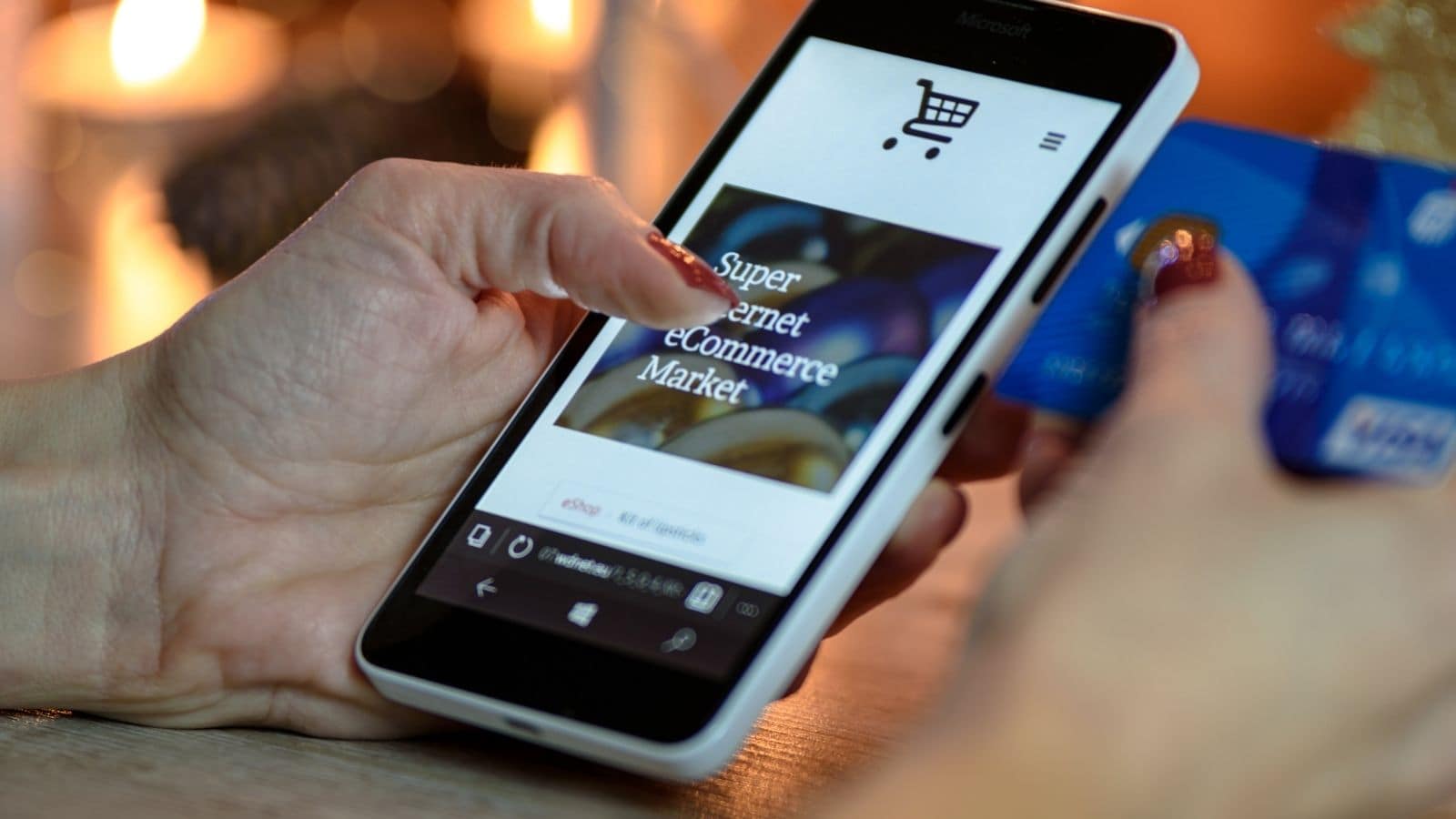
Swish App Adoption: Launched in 2012, Swish, a mobile payment app backed by major Swedish banks, has over 8 million users – more than 75% of the population. It’s used for everything from splitting bills to paying street vendors. (Image: Canva)

Bank Behavior: Over 50% of Sweden’s bank branches no longer handle cash. ATMs are disappearing, and many businesses display “No Cash Accepted” signs. (Image: Canva)
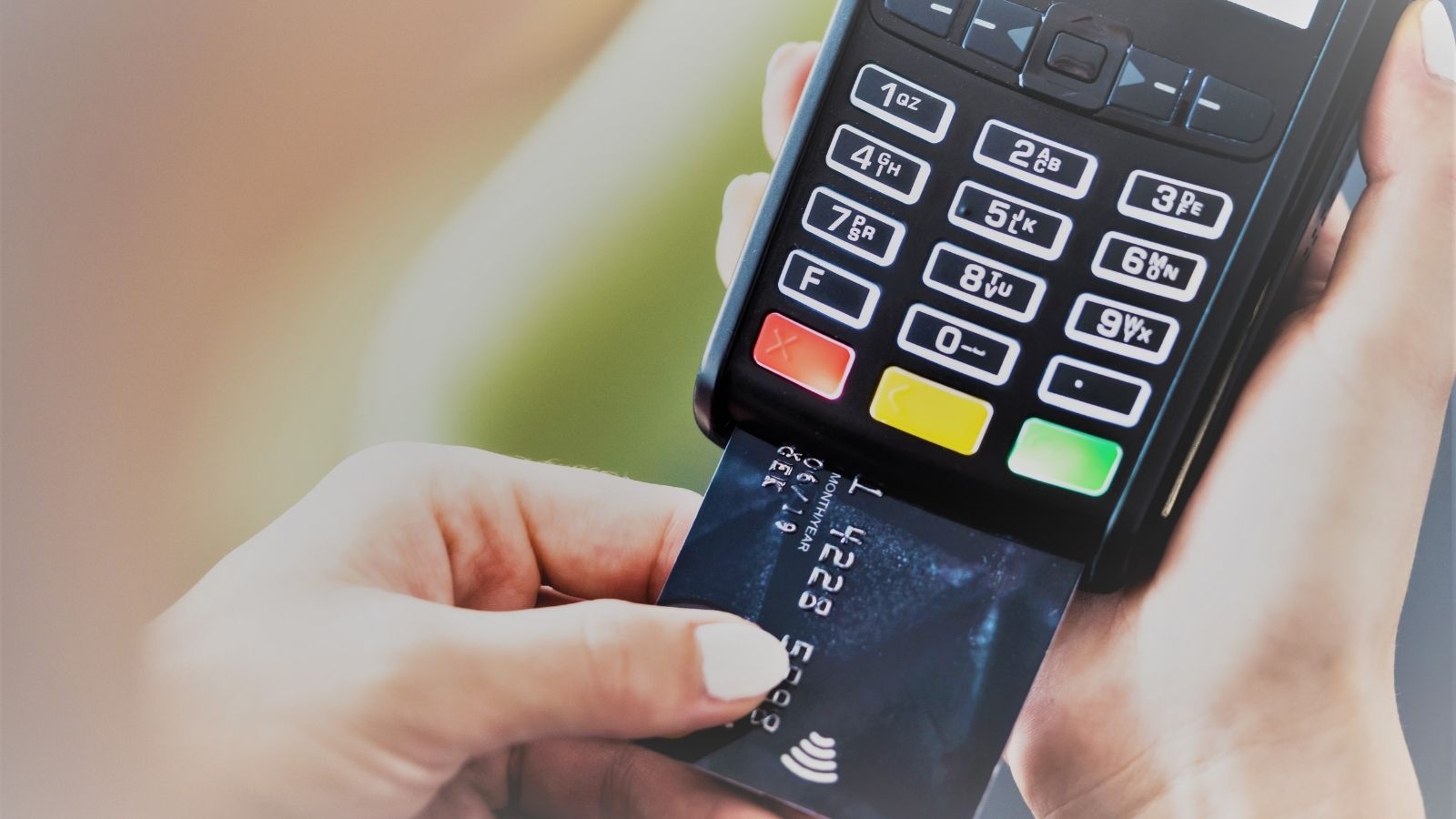
Digital Inclusion: Despite concerns about elderly access, over 95% of Swedes aged 65+ use debit cards, and digital literacy programs have helped bridge the gap. (Image: Canva)
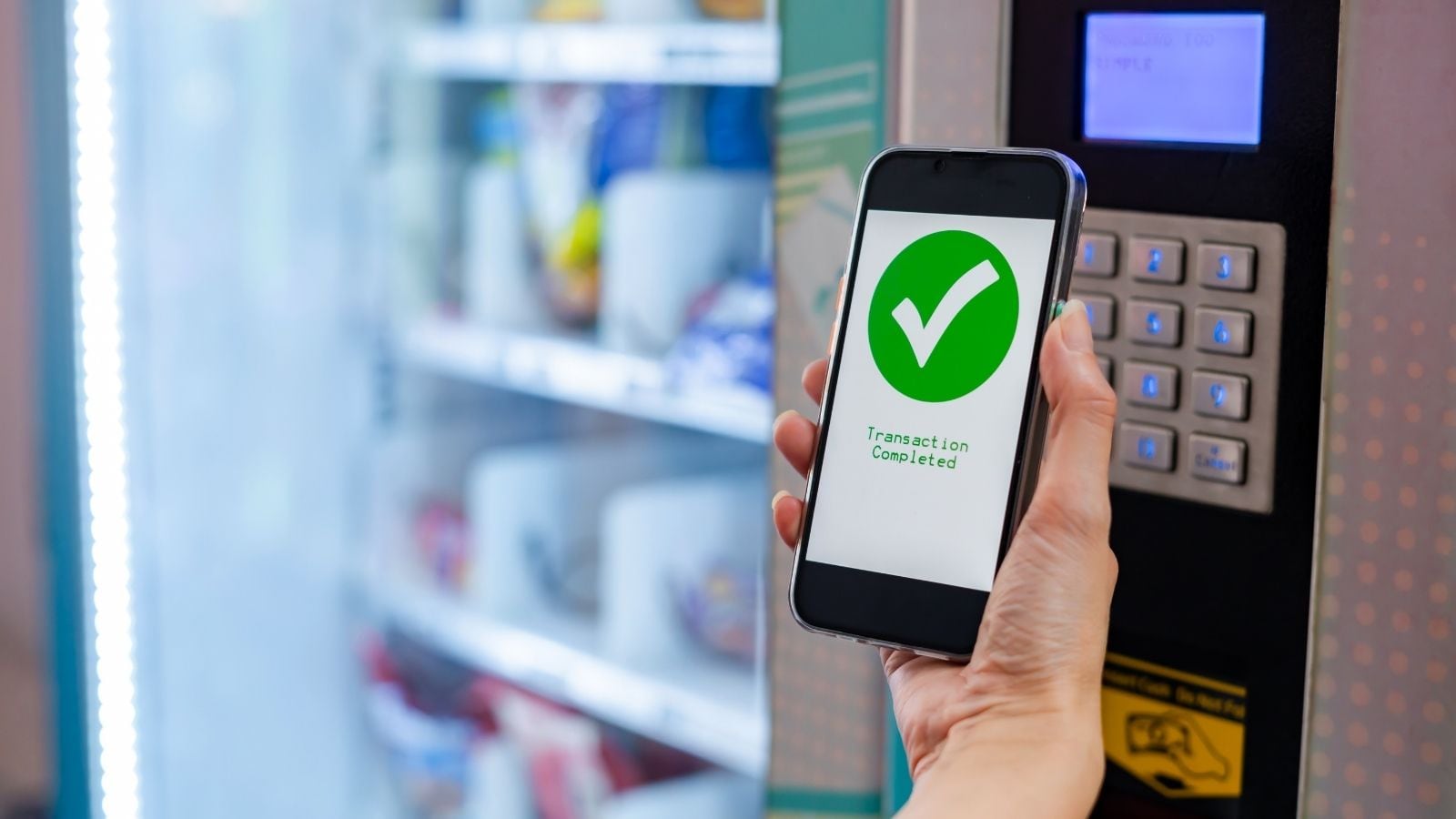
Card vs. Cash: Debit and credit cards account for over 85% of point-of-sale transactions, with mobile wallets and contactless payments rapidly gaining ground. (Image: Canva)
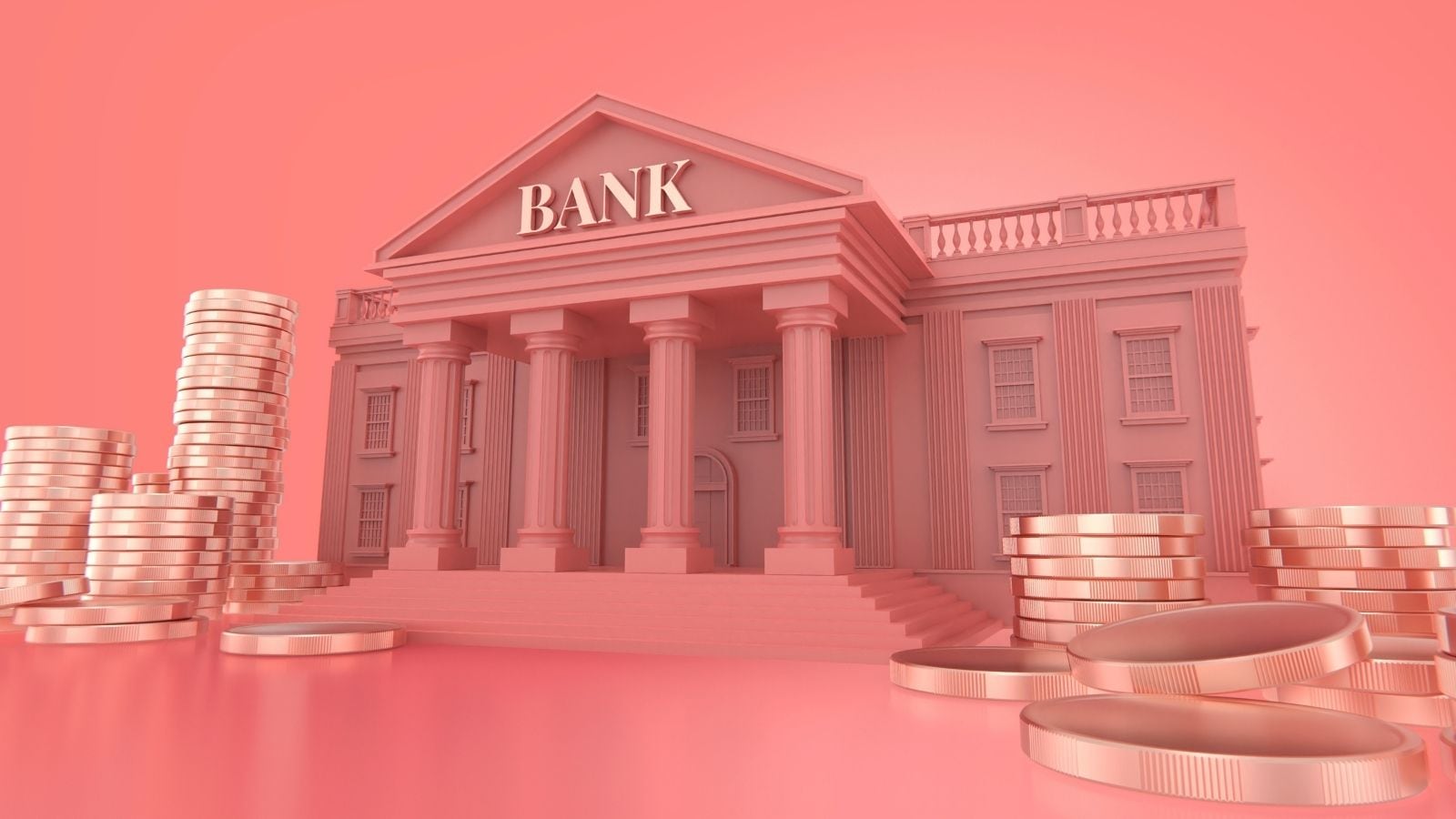
Government & Central Bank Role: Sweden’s central bank, Riksbank, is piloting a digital currency called e-Krona, aiming to future-proof the economy and ensure secure digital transactions. (Image: Canva)
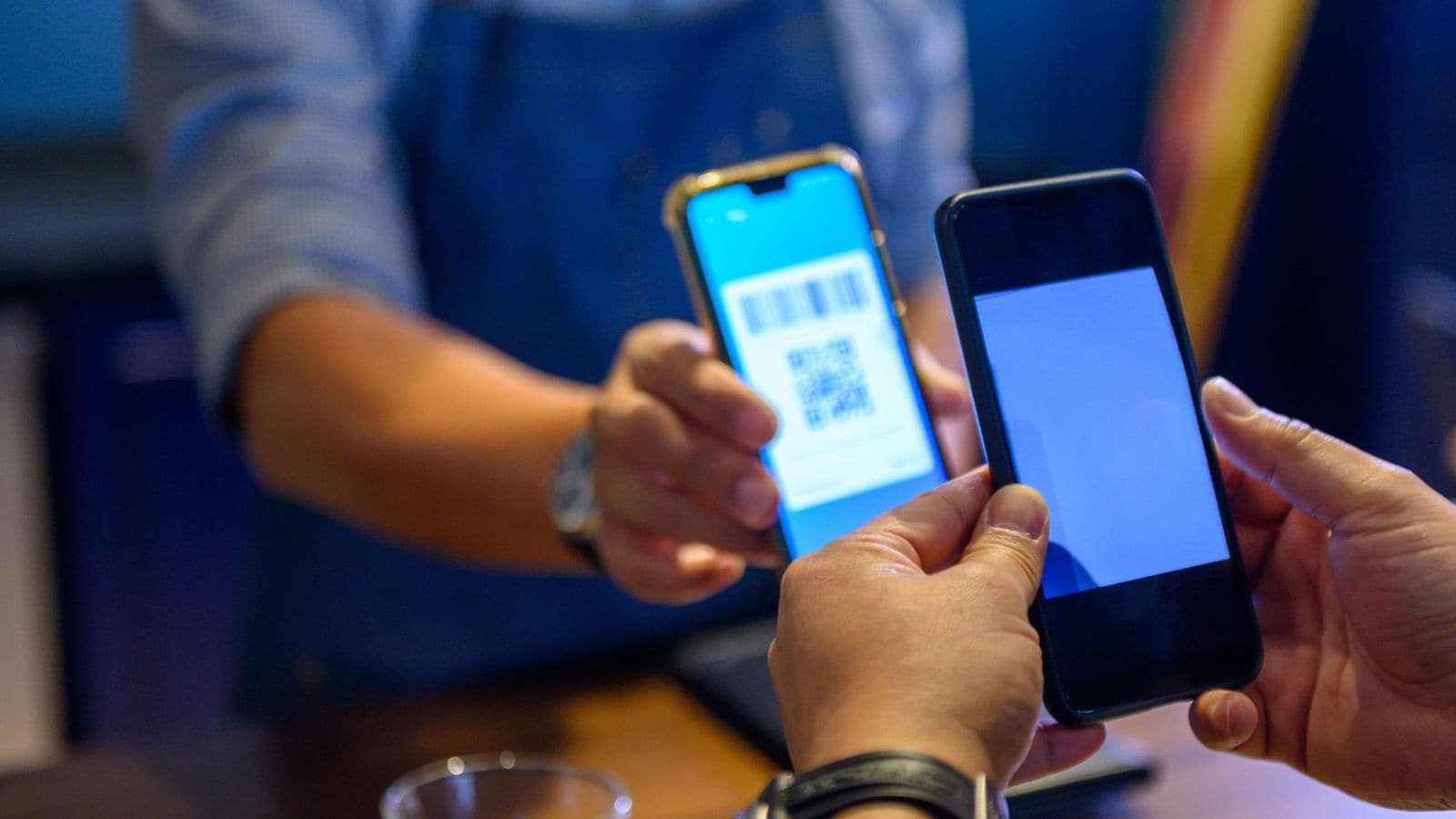
Global Comparison: Sweden leads globally in cashless adoption, followed by countries like Norway, Finland, and South Korea, where cash usage is also below 5%. (Image: Canva)

Sweden’s transformation shows that a cashless society is not only possible; it can be efficient, secure, and inclusive. As digital payments become the norm worldwide, Sweden stands as a blueprint for how to balance innovation with accessibility. (Image: Canva)
